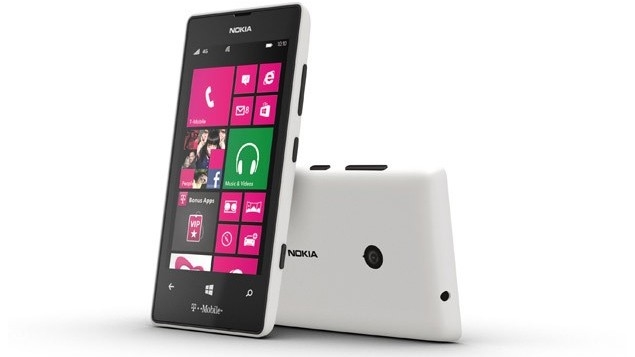It took some time but Sony had the big comeback many have been waiting for. The Xperia Z is selling well and we suspect it's been the driver for turning the company's fortunes around in the first quarter of the year. It's now time to carry that momentum over to the midrange and the Xperia SP looks like the right phone for the job.
A nicely spec'd screen and an adequately powered chipset come together in a beautiful and well-built package, giving the Sony Xperia SP the right tools to survive in the cutthroat battle in this price bracket. The transparent LED strip, which now has even richer functionality, will definitely add character too to help it fight the last generation of flagships, fresh from relegation to the midrange.
Key features
- Quad-band GSM/GPRS/EDGE support
- 3G with 42Mbps HSDPA and 5.8 Mbps HSUPA; 100Mbps LTE
- 4.6" 16M-color 720p TFT capacitive touchscreen with Sony Mobile BRAVIA Engine 2 and Corning Gorilla Glass protection
- Android OS v4.1.2 Jelly Bean
- Dual-core 1.7 GHz Krait CPU, 1 GB RAM, Adreno 320 GPU; Qualcomm S4 Pro MSM8960T chipset
- 8 MP autofocus camera with LED flash
- 1080p video recording @ 30fps with HDR mode, continuous autofocus and stereo sound
- VGA front-facing camera
- Wi-Fi a/b/g/n, Wi-Fi Direct and DLNA; Wireless TV out
- GPS with A-GPS, GLONASS
- 8GB of built-in storage
- MHL-enabled microUSB port
- Bluetooth v4.0
- NFC
- Standard 3.5 mm audio jack
- Accelerometer and proximity sensor
- Active noise cancellation with dedicated mic
- Solid build quality
- Ample 2370 mAh battery
- Dedicated camera key
Main disadvantages
- Screen has mediocre viewing angles
- Not particularly slim and quite heavy
- Non user-replaceable battery
- Will compete with a number of quad-core smartphones
The Sony Xperia SP is a well-rounded package that's making very few compromises, considering its standing in the pecking order. A 1080p screen is certainly a nice thing to have, but we can live with 720p at this size and, while the two extra CPU cores that today's flagships offer give a definite productivity boost, the 1.7GHz Krait should do just fine in day-to-day tasks. Not to mention that the Xperia SP GPU is of the class-leading Adreno 320 variety, so gaming performance should be as good as it gets.
It seems then that Sony is ready to produce yet another gem in the midrange that offers a loud bang for your buck. The company has made this their specialty and we are certainly liking Sony's chances here. Besides, the Japanese are clearly fast learners - addressing the major issues of the Xperia P with its successor. The Xperia SP has the right-sounding battery backup (more than an Xperia Z, actually) and none of the WhiteMagic display trickery that compromised indoor performance to boost outdoor visibility.





















